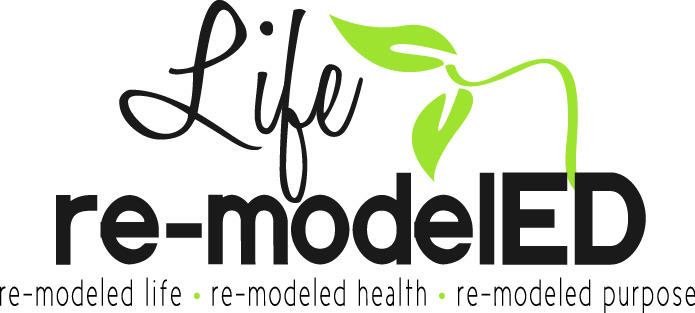Walking on the trail one day, a huge, mean and scary looking dog ran toward me, pulling the leash out of its owner’s hand. I stepped to the side, afraid it would bite me and wondering why the owner wasn’t trying to keep it from attacking me. The dog jumped up on me and gently started to lick me to death. He only wanted me to pet him and wanted to play. The owners laughed and caught up with their dog and kept walking down the trail. A few miles later, a tiny little lap dog, dressed in a cute doggy sweater strolled toward me with its owner pushing it in a baby stroller. As we passed each other, the dog went crazy. It started barking as viciously as it could. It’s teeth were showing as it growled, trying to jump out of the stroller to get to me. The way it was acting, you would think it was a huge Pitbull and if given the chance I’m sure it would have tried to bite me.
Outward appearances mean nothing.
Using outward appearances to define an eating disorder means absolutely nothing.
My eating disorder (ED) showed its ugly head at every opportunity and tore me down with any chance given, whether I was underweight or gaining weight. My eating disorder smothered me while I was in New York before my recovery and ED’s lies didn’t disappear once my weight was restored when I first began recovery.
No matter my weight, ED lived in my mind; a place where only I knew
it existed and a place where others could never go.
When my outside mirrored everyone’s ideal weight for me, ED was still there lurking inside.
My main mission in life is to spread awareness about eating disorders and to share my story, even if it means only helping one person. I would not wish an eating disorder on my worst enemy. It is something that took over my life for years and time I will never get back. Overcoming anorexia has given me a new purpose for my life and for that I am thankful, but the road to reach this point was extremely difficult.
If you or someone you know are struggling with an eating disorder, there is help out there. ( www.nationaleatingdisorders.org andwww.myedin.org have many resources and information online ) No matter your size, reach out to someone and ask for the help you deserve.
With this week being National Eating Disorder Awareness week, let’s shed light on the real struggle with eating disorders, not the stereotype.






































